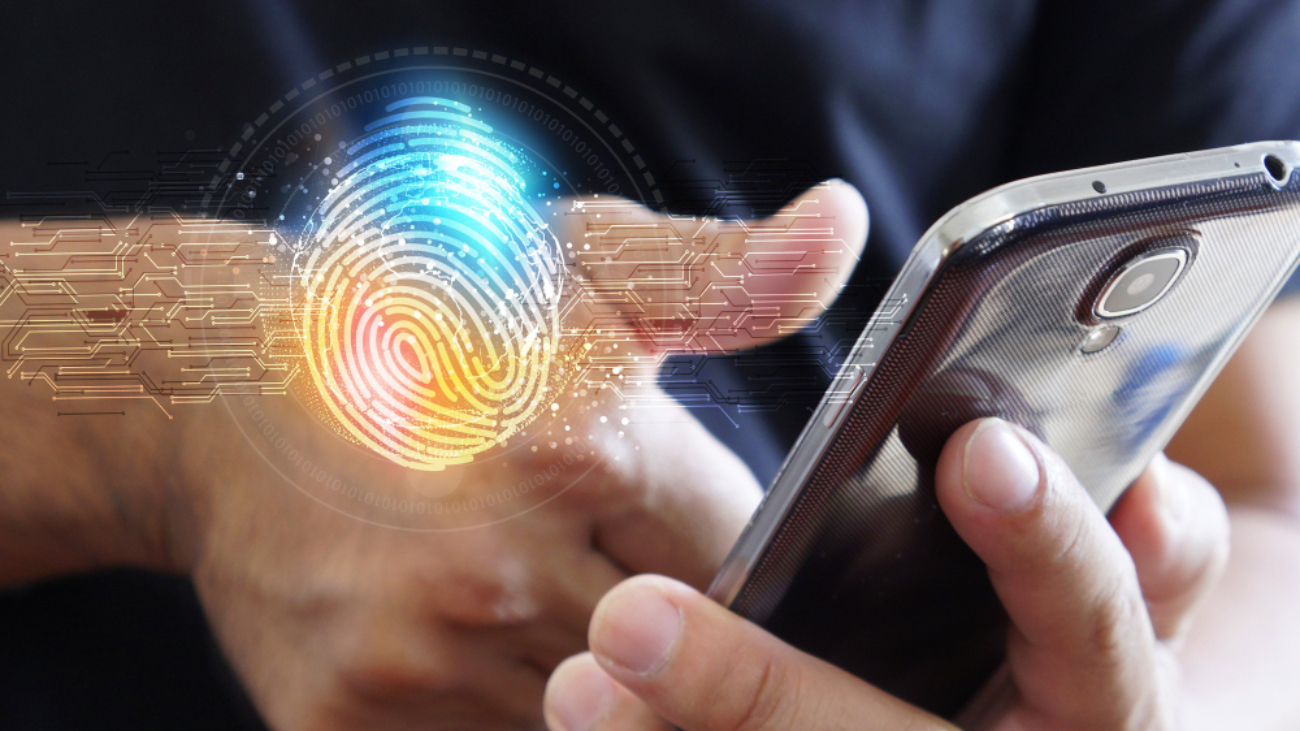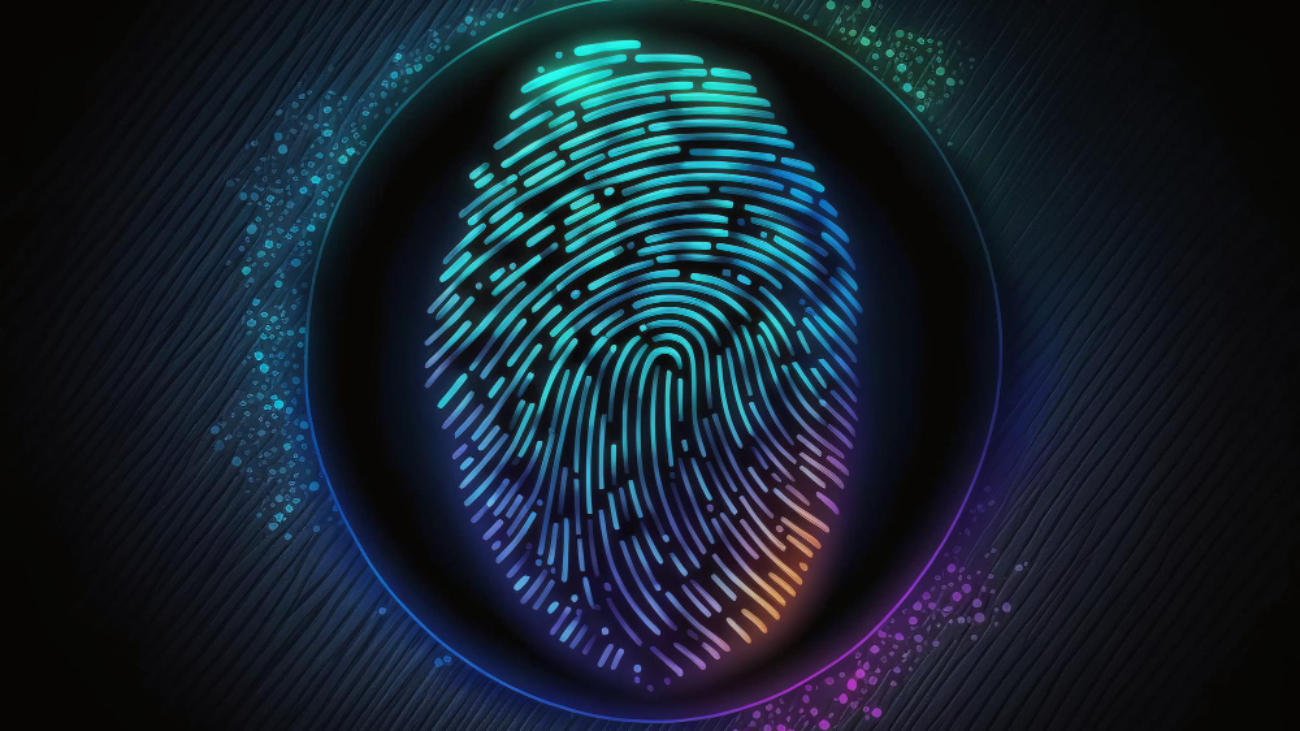Biometric technologies have become essential tools in sectors ranging from security and healthcare to finance and law enforcement stated Bahaa Abdul Hadi. From facial recognition to fingerprint scanning, biometrics are used for identity verification, access control, and enhancing personal security.
However, as reliance on these systems increases, there needs to be stronger regulatory frameworks in place to ensure privacy, security, and ethical use. They must begin by understanding the regulatory environments governing biometric technologies; this means the consumer and the company.
Biometric Data and Privacy Regulations within Europe
The European Union has been proactive in providing comprehensive regulations for the protection of biometric data. The key piece of regulation to this end is the General Data Protection Regulation (GDPR), slated to come into force in May 2018. In GDPR, biometric data counts as “special category” data with high standards for its collection, processing, and storage.
Key guidelines under the GDPR that are relevant to biometric data include:
- Explicit Consent: Biometric data can only be collected after the individual has provided clear and informed consent.
- Data Security: Data processors must put in place robust security measures to protect biometric data from unauthorized access.
Biometric Regulations in the United States
America’s biometric regulation is fragmented among states and the federal government with complex results. While there still is no general federal law governing biometric data privacy, some states have already gone ahead—the most notable being Illinois with its Biometric Information Privacy Act (BIPA).
Key points of BIPA:
- Informed Consent: Companies must first obtain written consent from individuals before collecting biometric data.
- Data Storage and Retention: Firms must establish stringent procedures for securely storing biometric data and are required to make known their retention policies to those being stored automatically.
The Analytical Approach to Biometric Regulation in Asia
Biometric regulations in Asia are varied and reflective of the cultural and legal system within each country.
- China: Biometric technologies are widely used for public safety, payment systems, personal identification, and especially facial recognition in China. However, concerns about privacy and surveillance are growing as the industry grows larger and more pervasive. China has recently passed data protection laws, including the Personal Information Protection Act (PIPL), yet there remain gaps in strict regulation of biometric data to guard against any misuse.
- India: Biometric identity systems such as India’s Aadhaar are one of the largest in the world and cover well over 1.3 billion people. The Aadhaar system provides a biometric identity for eligible people in order to access the services offered by the government. Despite its success in streamlining access to services, Aadhaar has also met with criticisms over privacy concerns and potential abuse of information. India is working on strengthening laws for data protection, which may include more detailed regulations about biometric data.
- Japan: Japan has rigid privacy regulations, namely the Act on the Protection of Personal Information (APPI), which regulates the use of biometric data. The country has adapted regulations to include biometric information, insisting on user permission, security measures, and assured rules for data storage.
Real-time Applications and Compliance
In real-time applications, biometric systems are increasingly used for access control at secure facilities, identity verification during e-commerce transactions, and even mobile banking. Such systems are designed to provide instant confirmation on the one hand and strict regulatory compliance on the other.
For example:
- Mobile Banking: Banking apps commonly use biometric authentication methods like facial recognition or fingerprint scanning to provide secure access. Such systems comply with local laws and enforcement ways of storing the user’s data.
- Border Checks: Biometric systems in use at international airports enhance security and speed up the process for travellers too, backing off in-line processing. However, these systems must adhere to data laws and privacy rules; protectivity is essential so that travellers’ personal details are not used for illegal purposes.
Conclusion
Countries all over the world are drafting biometric laws that balance privacy and data security against the benefits of noiselessly leading automation. With biometric technologies expanding further into the future and gaining use in a variety of fields, it is essential for businesses and governments alike to continue to develop along these lines to meet regulations and sustain confidence among their customers. Thank you for your interest in Bahaa Abdul Hadi blogs. For more information, please visit www.bahaaabdulhadi.com.







